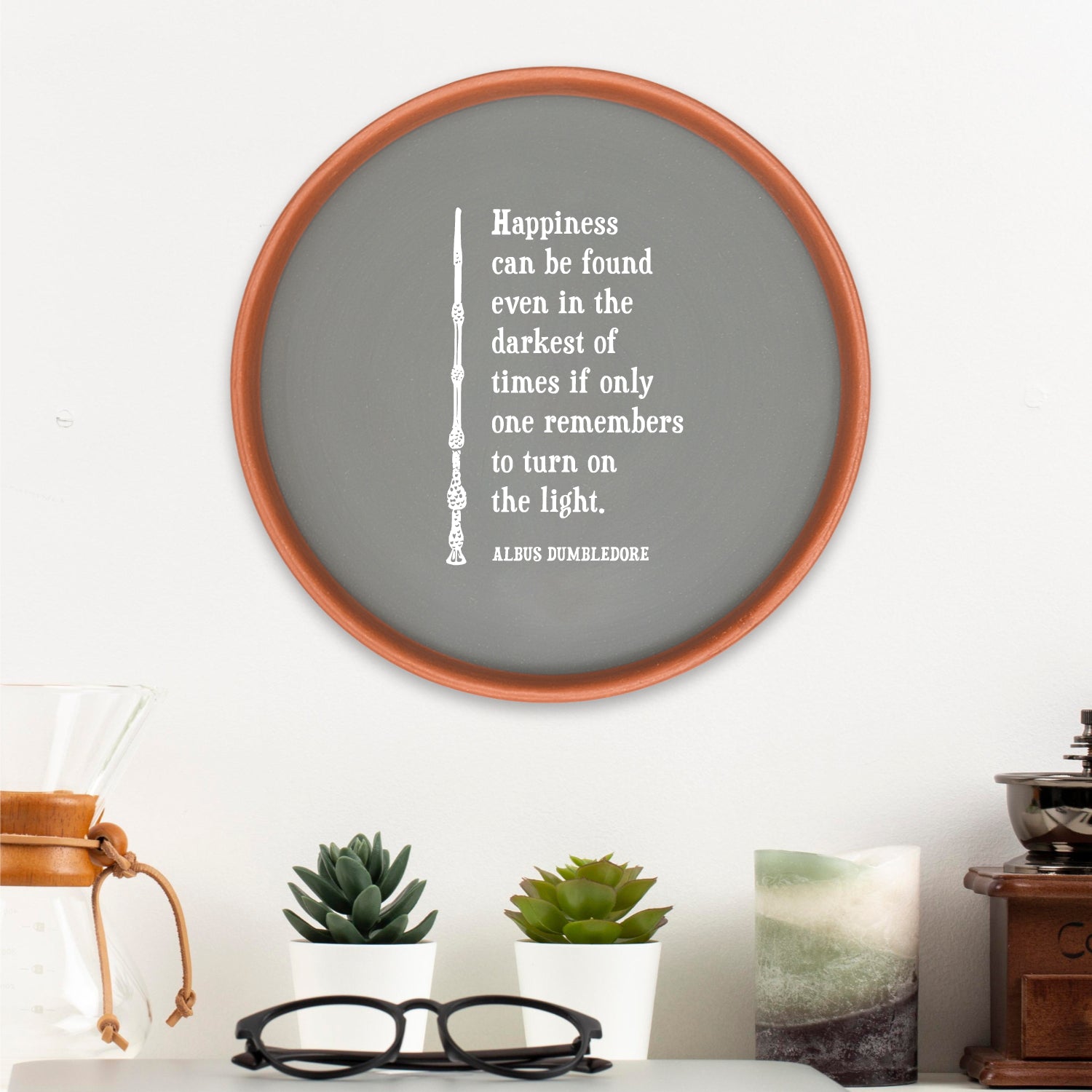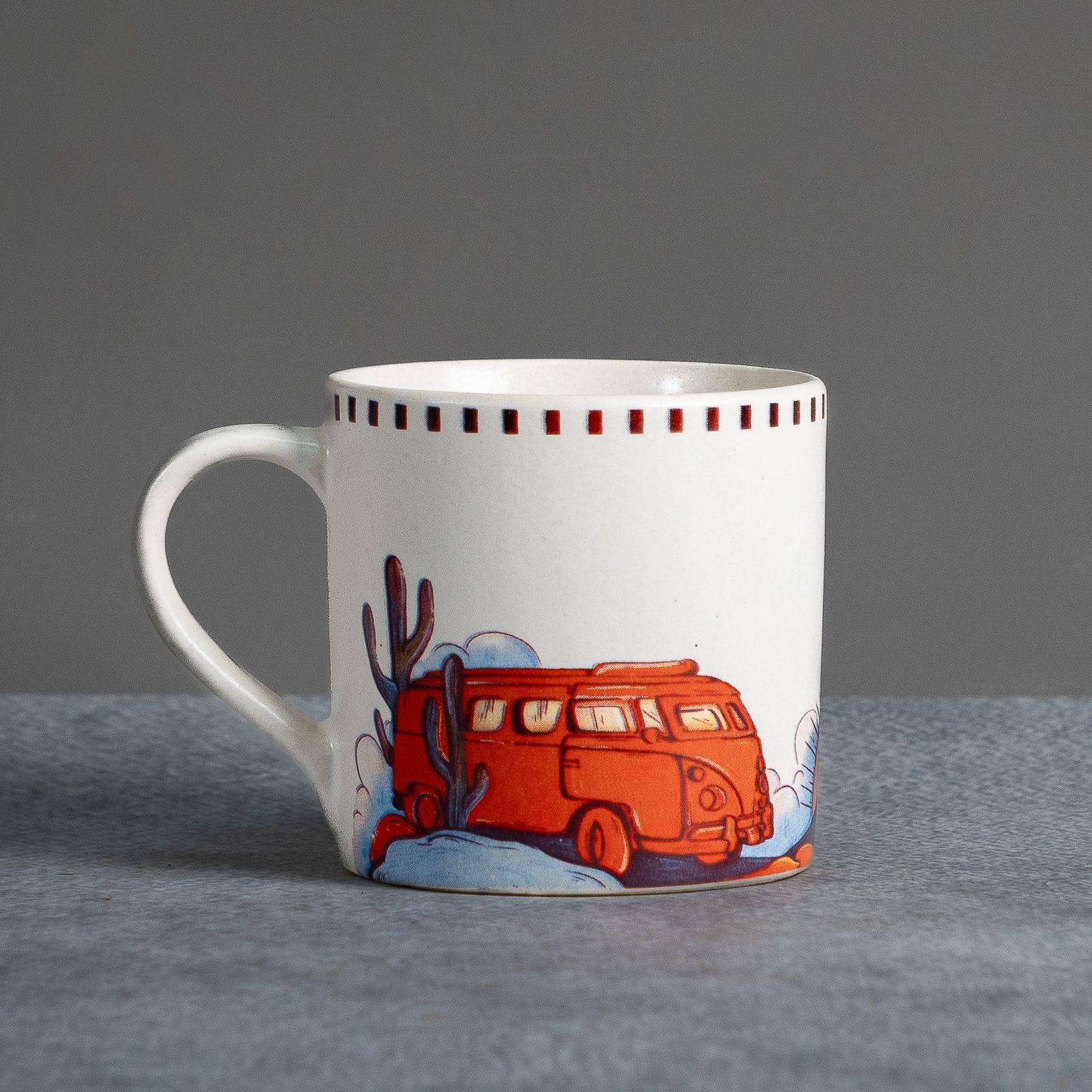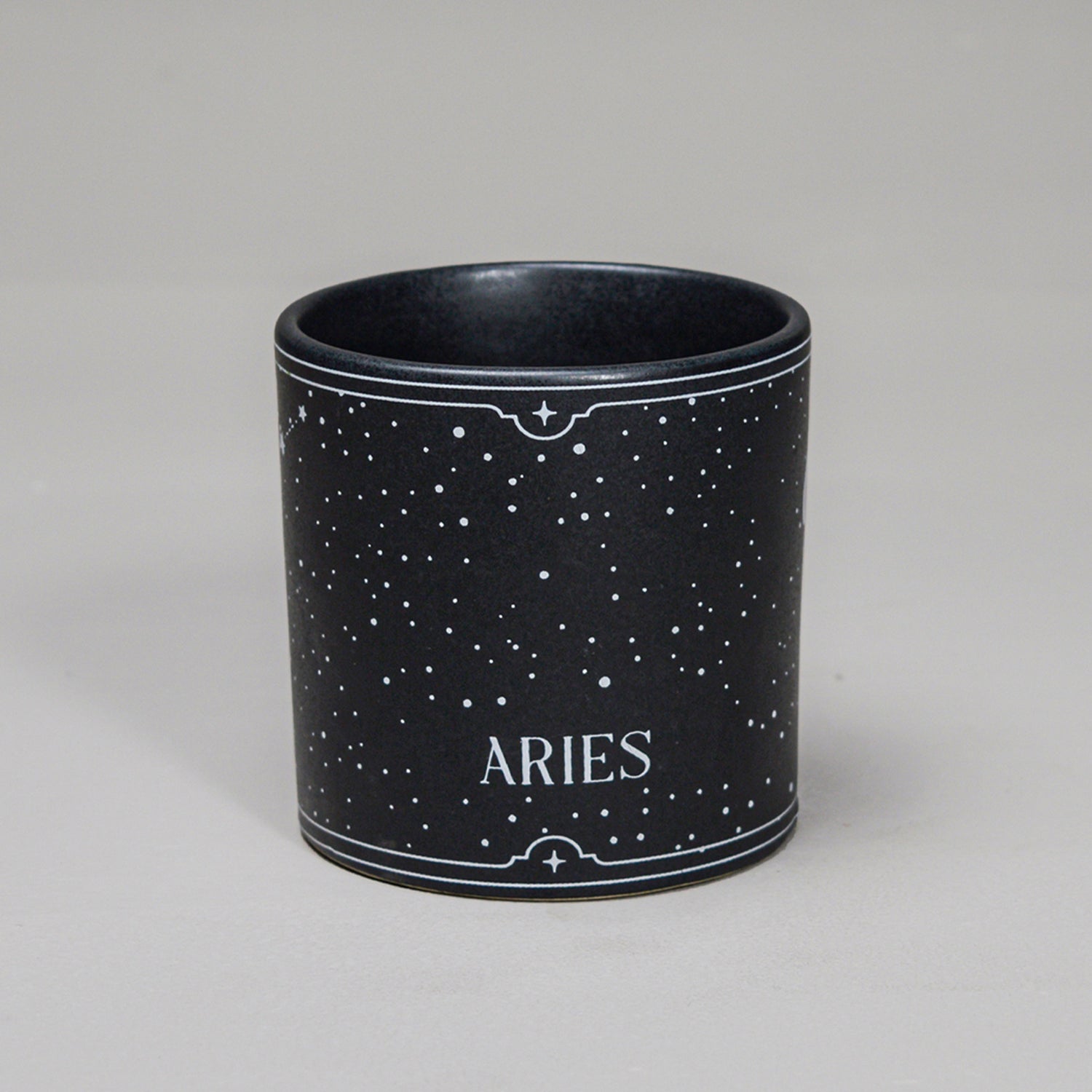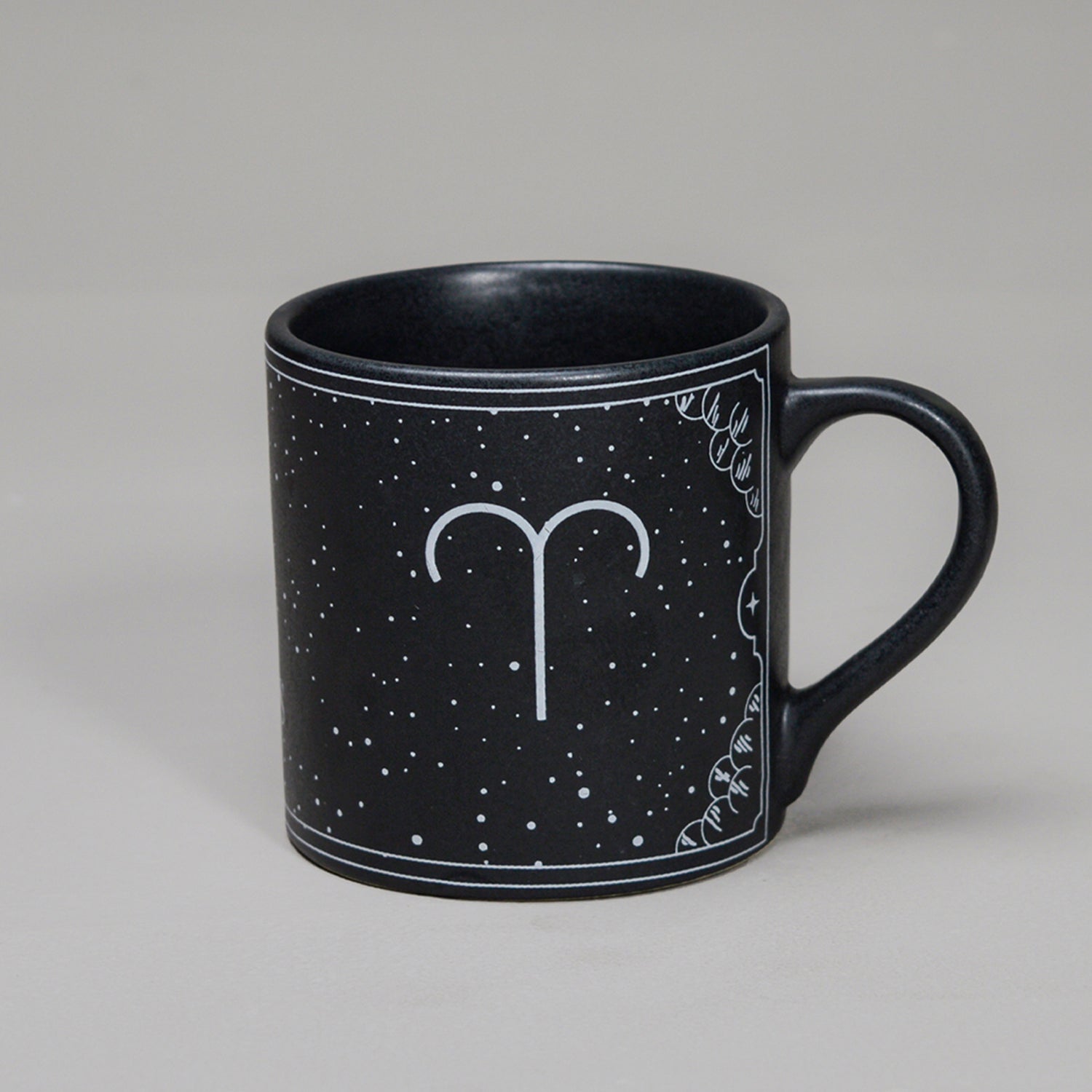Diwali: The Festival of Lights - A Celebration of Unity, Joy, and Tradition
Introduction
Diwali, also known as Deepavali, is one of the most celebrated festivals in India and among Indian communities worldwide. Derived from the Sanskrit words "Deepa" (lamp) and "Avali" (row), Deepavali means a row of lights, symbolizing the victory of light over darkness, good over evil, and knowledge over ignorance. Celebrated across five days, Diwali holds deep religious, cultural, and social significance, marking the beginning of a new year for many, fostering family bonds, and uniting communities in joy and gratitude.
Origins and Religious Significance
Diwali's origins vary across regions and religions, each attributing the festival to different mythological stories:
-
Hinduism: For Hindus, Diwali is linked to various legends. In Northern India, it commemorates the return of Lord Rama, his wife Sita, and brother Lakshmana to Ayodhya after a 14-year exile, during which he defeated the demon king Ravana. To celebrate their return, people lit oil lamps (diyas) to illuminate the path and rejoice in the triumph of good over evil. In Southern India, Diwali honors Lord Krishna’s victory over the demon Narakasura, while in Western India, it marks the worship of Goddess Lakshmi, the goddess of wealth, for prosperity and well-being.
-
Jainism: Diwali also holds importance for Jains, as it marks the day Lord Mahavira, the 24th Tirthankara, attained Nirvana or spiritual enlightenment.
-
Sikhism: For Sikhs, Diwali is associated with the release of Guru Hargobind Singh Ji and 52 princes from imprisonment by the Mughal emperor Jahangir. It is also celebrated as Bandi Chhor Divas (Day of Liberation).
-
Buddhism: In some Buddhist traditions, Diwali is celebrated by Newar Buddhists in Nepal, who worship Lakshmi, seeking blessings for prosperity.
The Five Days of Diwali
Diwali is celebrated over five days, each with its unique rituals and traditions:
-
Day 1: Dhanteras – The festival begins with Dhanteras, a day dedicated to the worship of Dhanvantari, the god of health and healing, and Goddess Lakshmi. People purchase gold, silver, utensils, or new items as it is considered an auspicious day for wealth and prosperity. Homes are cleaned and decorated, setting the stage for the celebrations to come.
-
Day 2: Naraka Chaturdashi (Chhoti Diwali) – This day signifies the victory of Lord Krishna over the demon Narakasura. People wake up early, take ritualistic oil baths, and light diyas and firecrackers to ward off evil. It’s a day to cleanse the body and soul, symbolizing the removal of negativity.
-
Day 3: Lakshmi Puja (Main Diwali Day) – The most significant day of the festival, Lakshmi Puja is dedicated to the worship of Goddess Lakshmi, seeking her blessings for wealth, happiness, and success. Homes are adorned with lights, flowers, and rangolis, and families gather for prayers and feasts. In the evening, diyas are lit to welcome the goddess, and fireworks illuminate the night sky.
-
Day 4: Govardhan Puja (Padwa) – This day is celebrated differently in various regions. In North India, it marks Lord Krishna’s victory over Indra, the god of rain, by lifting Mount Govardhan to protect villagers from a storm. In other parts, it’s celebrated as Padwa, symbolizing the bond between husband and wife, with couples exchanging gifts and prayers.
-
Day 5: Bhai Dooj – The final day of Diwali is dedicated to the bond between brothers and sisters. Similar to Raksha Bandhan, sisters pray for their brothers' long lives and prosperity, while brothers offer gifts and tokens of affection in return.
Rituals and Traditions
Diwali is steeped in a wide variety of customs and rituals, with some shared across the nation and others unique to specific regions:
-
Lighting of Diyas – The most iconic element of Diwali is the lighting of clay lamps filled with oil, symbolizing the triumph of light over darkness. Homes, streets, and temples glow with the soft flicker of thousands of lamps, creating a mesmerizing sight.
-
Fireworks – Bursting crackers and lighting sparklers have become synonymous with Diwali celebrations. The sound and light from the fireworks are believed to drive away evil spirits and bring joy and festivity to the air.
-
Rangoli – Colorful and intricate patterns made with powdered colors, rice, or flowers are created at the entrance of homes as a welcoming gesture for guests and deities. Rangolis are considered a form of art that invites positivity and prosperity into the household.
-
Feasting and Sweets – Diwali is incomplete without a feast. Families prepare a variety of delicacies, including traditional sweets like laddoos, barfis, and halwas, along with savory treats. It’s a time for sharing these homemade goodies with neighbors, friends, and loved ones.
-
Exchanging Gifts – Exchanging gifts is a common tradition during Diwali, symbolizing the spirit of sharing and caring. Families exchange sweets, dry fruits, clothes, and decorative items, fostering a sense of goodwill and affection.
-
Puja and Prayers – Devotees perform Lakshmi Puja in the evening, offering prayers and seeking blessings for happiness, success, and prosperity in the coming year. It’s also a time to reflect on personal growth and the importance of kindness, generosity, and righteousness.
Diwali Around the World
Though Diwali is primarily celebrated in India, it is a global festival, with millions of Indians and non-Indians alike participating in the festivities:
- In Nepal, Diwali, known as Tihar, is a five-day festival where animals like cows, dogs, and crows are honored.
- In Singapore and Malaysia, Little India lights up with vibrant decorations, while special markets sell Diwali items like sweets and clothes.
- In the United States and the UK, Indian communities host grand Diwali celebrations, with public firework displays, cultural events, and temple gatherings.
Modern-Day Challenges and Sustainability
While Diwali remains a joyous celebration, there are growing concerns over environmental impact, particularly due to the use of firecrackers, which contribute to air and noise pollution. In response, many are adopting eco-friendly practices, such as:
- Green Crackers – These are designed to reduce harmful emissions, with less noise and smoke compared to traditional firecrackers.
- LED Lights – Many people have shifted from traditional oil lamps to LED lights to save energy.
- Eco-Friendly Rangoli – Natural and biodegradable materials like rice flour, turmeric, and flower petals are used for creating sustainable rangoli patterns.
- Minimalistic Celebrations – A growing trend encourages minimalism, focusing on spending time with loved ones rather than on materialistic aspects of the festival.
Conclusion
Diwali is much more than a festival of lights; it is a celebration of life, community, and spiritual growth. It brings people together, reminding everyone of the importance of kindness, gratitude, and hope. As traditions evolve with the times, Diwali continues to inspire joy and optimism across the globe, serving as a beacon of light that guides people through the darkest of times.
May this Diwali bring peace, prosperity, and happiness to all!

























